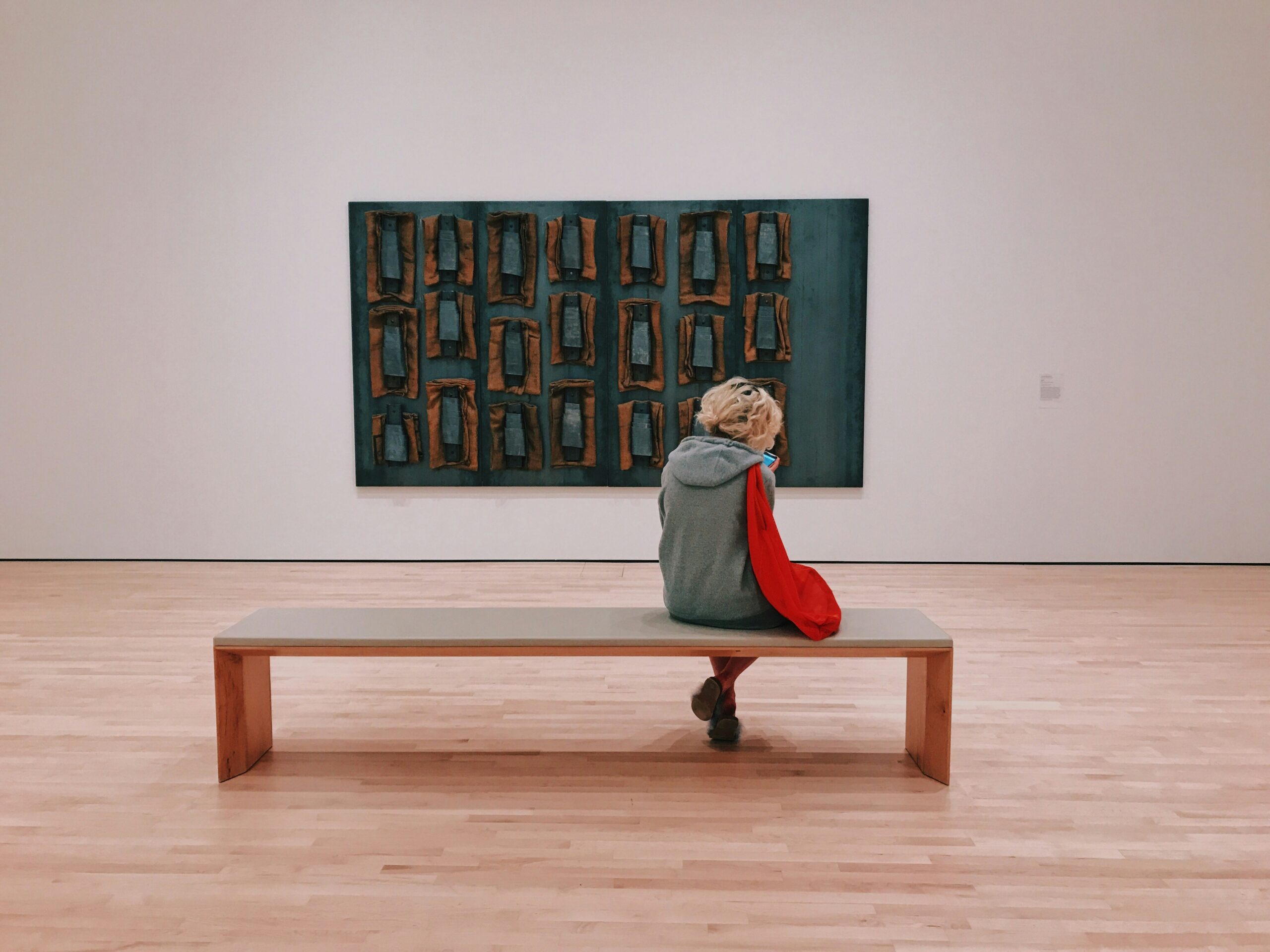Art isn’t just something we see — it’s something we feel. Beneath brushstrokes, shapes, and colors, there are layers of meaning waiting to be experienced personally. Art doesn’t demand academic knowledge. It asks for presence, openness, and a willingness to feel.
1. Art Doesn’t Provide Answers — It Asks Questions
We often approach art thinking we must “understand” or “interpret” it correctly.
But many artworks are not made to explain — they’re made to provoke questions within us.
Why am I drawn to this piece?
Why does this color make me sad?
Why does this shape feel familiar?
Art is a space for curiosity, not correctness. It invites emotional exploration, not rigid analysis.
2. Emotional Reactions Are the Beginning of Connection
When a painting makes you feel calm or uneasy — that’s an emotional response, and it matters.
Each person brings a unique perspective shaped by their life experiences, background, and emotions.
No single reaction is more valid than another.
Emotional response isn’t ignorance — it’s intimacy.
3. Beware of Academic Bias
Excessive focus on academic interpretations can distance us from our personal experience of art.
That information has value — but if we rely solely on external explanations, we may lose touch with our internal reaction.
Try viewing a work of art before reading the label.
Let your feelings emerge first. Understanding can follow later.
4. Create Your Own Appreciation Ritual
Personal connection with art can be nurtured through small, meaningful habits:
Spend 5–10 minutes observing one artwork in silence.
Write a short reflection on what it makes you feel.
Sketch a detail that caught your eye.
Match the color palette with your current mood.
These quiet rituals help art become less distant — and more alive within us.
5. Art as an Emotional Mirror
Have you ever felt like a painting was speaking directly to you?
That’s because great art reflects parts of us — even the parts we haven’t yet named.
When artists create with honesty, they leave traces of emotion we can resonate with.
Art often gives words to feelings we don’t know how to express.
6. Don’t Fear Misinterpretation
A major obstacle to personal appreciation is the fear of getting it wrong.
But in art, there’s no “wrong” way to feel or interpret — only sincere engagement.
Your interpretation may not match the artist’s intent, and that’s okay.
Between artist and viewer lies a space for shared discovery.
7. Art and Inner Journey
Sometimes, a painting reminds us of something unresolved — a memory, a longing, a moment of clarity.
Art becomes more than aesthetic. It becomes part of our inner journey, helping us recognize emotions we’ve buried or ignored.
It’s not always comfortable. But it’s often healing.
8. Take the Experience Home
Appreciating art doesn’t require ownership. You don’t have to buy a painting to take it with you.
Sometimes, a single encounter with an artwork stays in your memory for years — not as an object, but as a feeling.
9. Observe Yourself Over Time
Art evolves as you do.
What once seemed boring may now feel peaceful.
A confusing piece may later feel profoundly honest.
As you grow, art becomes a mirror for that growth.
Stay open, and art will keep showing you new parts of yourself.
Conclusion: Art as Dialogue, Not Monologue
True appreciation is not passive observation — it’s active relationship.
It’s not about reading the artist’s mind — but allowing their work to speak to your heart.
Behind every color and form is a quiet conversation, waiting to happen.
And when we listen, we don’t just see art — we feel seen by it.




